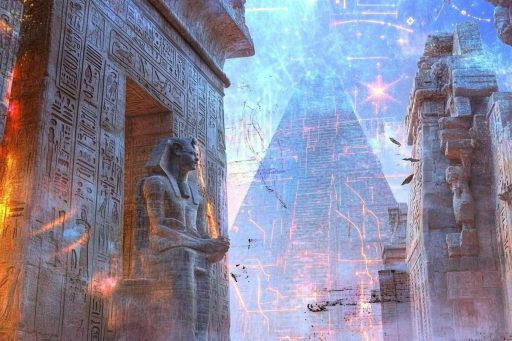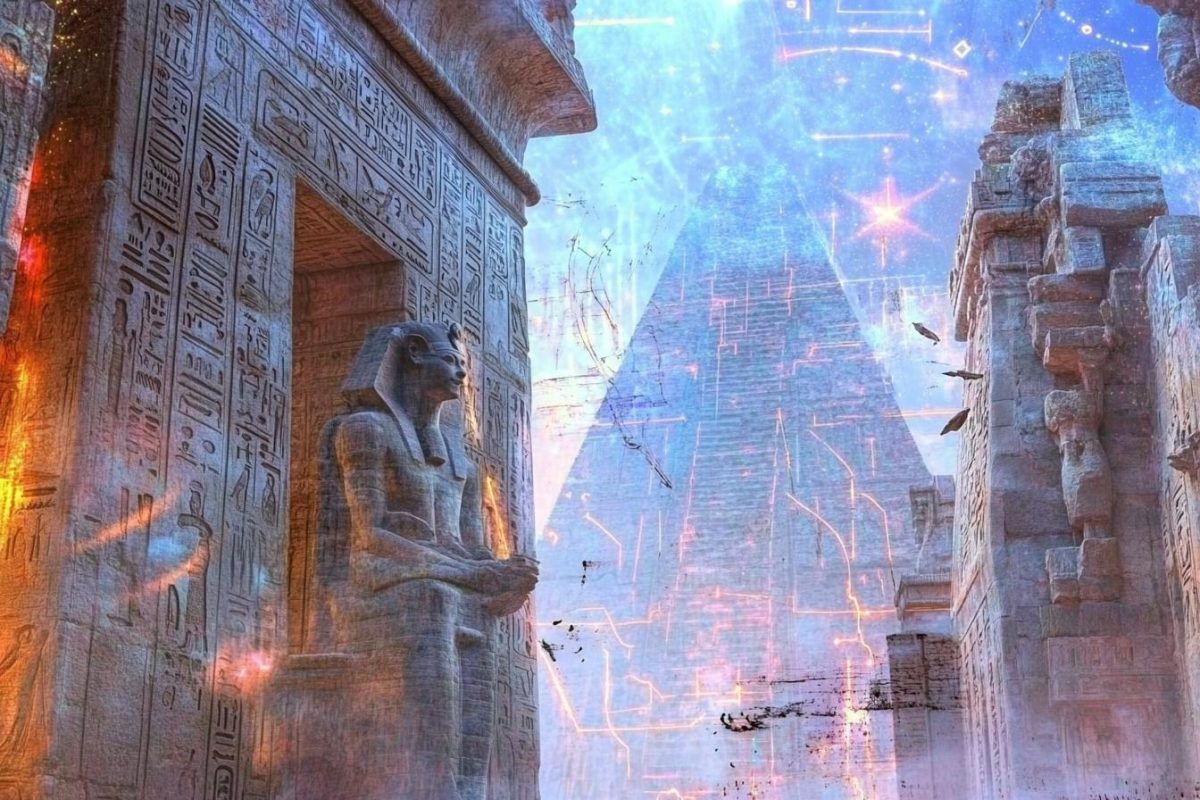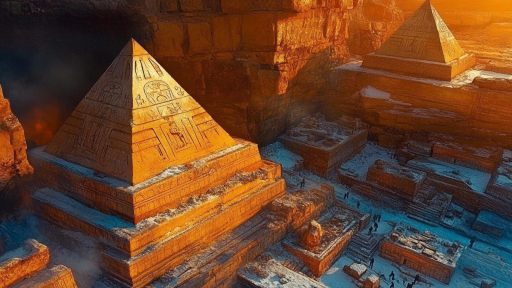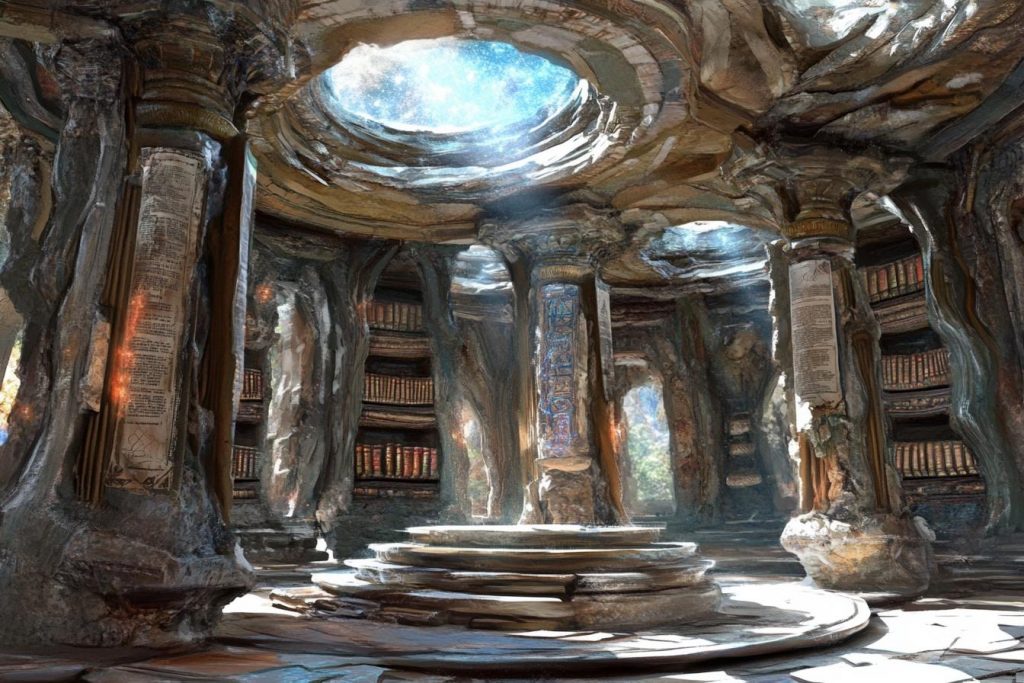
Throughout time, ancient civilizations have passed down stories, rituals, and beliefs that many today consider myth, legend, or superstition. But what if some of these age-old convictions were more than symbolic? From cosmic calendars to mysterious healing practices and warnings of cataclysmic events, these beliefs may contain kernels of truth still waiting to be fully understood. Exploring the minds of our ancestors could uncover insights that science has yet to grasp.
The Sumerians and the Sky Gods
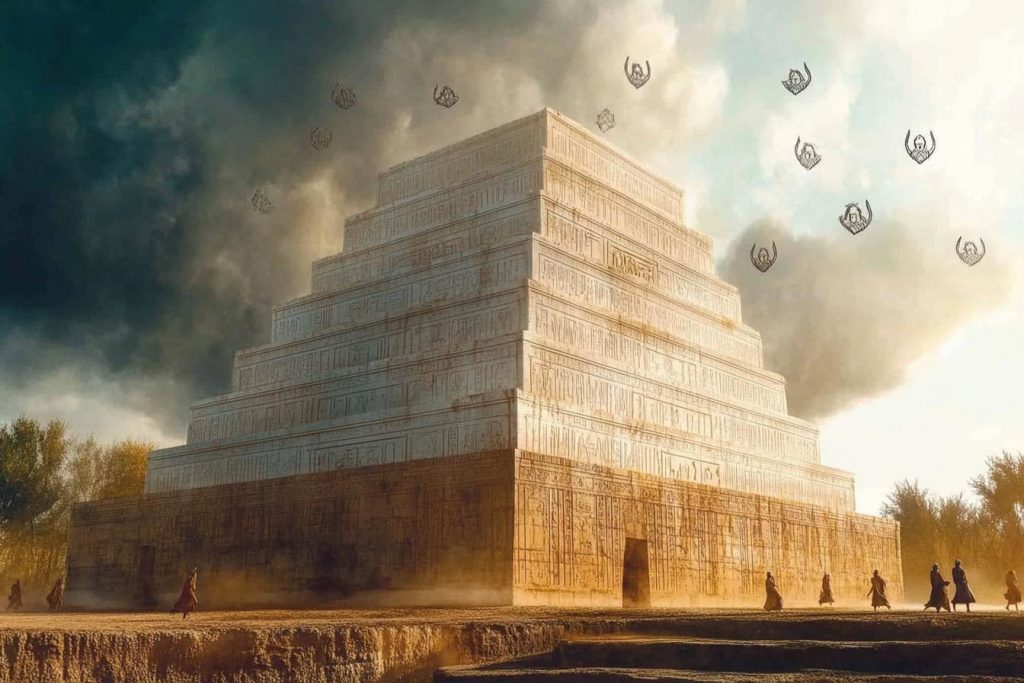
The Sumerians of Mesopotamia spoke of powerful beings known as the Anunnaki—celestial gods who descended from the heavens and shaped early civilization. These entities were credited with imparting knowledge and enforcing cosmic order, a concept that echoes modern theories about ancient astronauts. With cuneiform tablets detailing advanced mathematics and astronomy, some researchers believe the Sumerians knew far more than we give them credit for. Could their stories be rooted in something real?
The Mayan Calendar and Cosmic Cycles
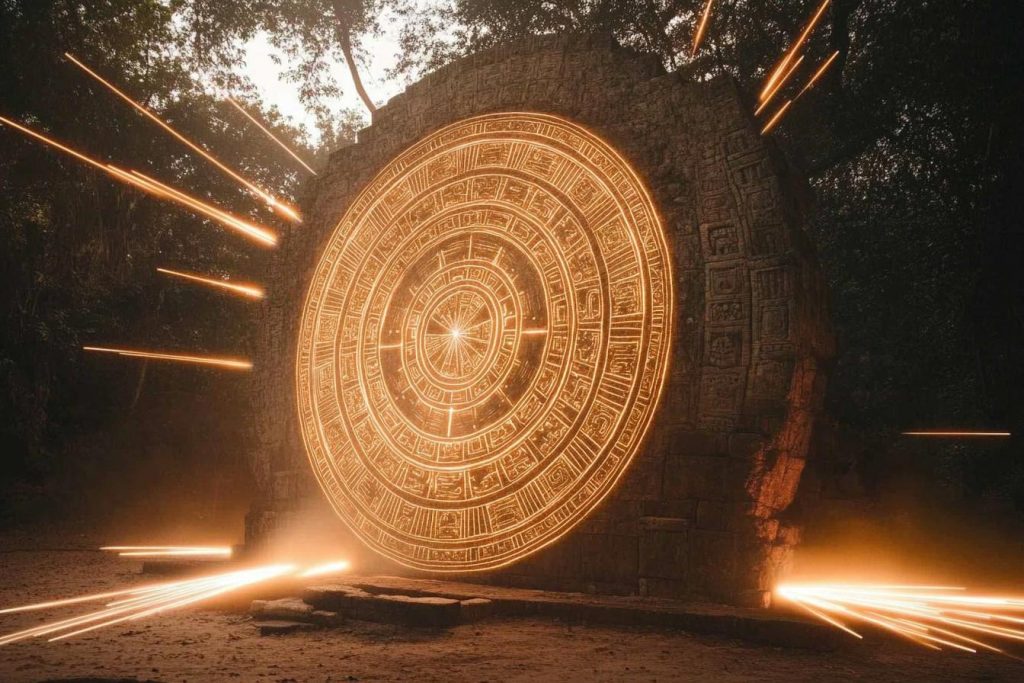
The Maya were master astronomers, crafting an intricate calendar system that charted celestial movements with uncanny precision. While often sensationalized for its 2012 “doomsday” prediction, the deeper layers of their calendar describe vast cosmic cycles and energetic shifts. Some scholars now speculate the Maya had insight into changes in consciousness and geomagnetic patterns. Were they tracking more than just time?
Ancient Egypt’s Journey of the Soul
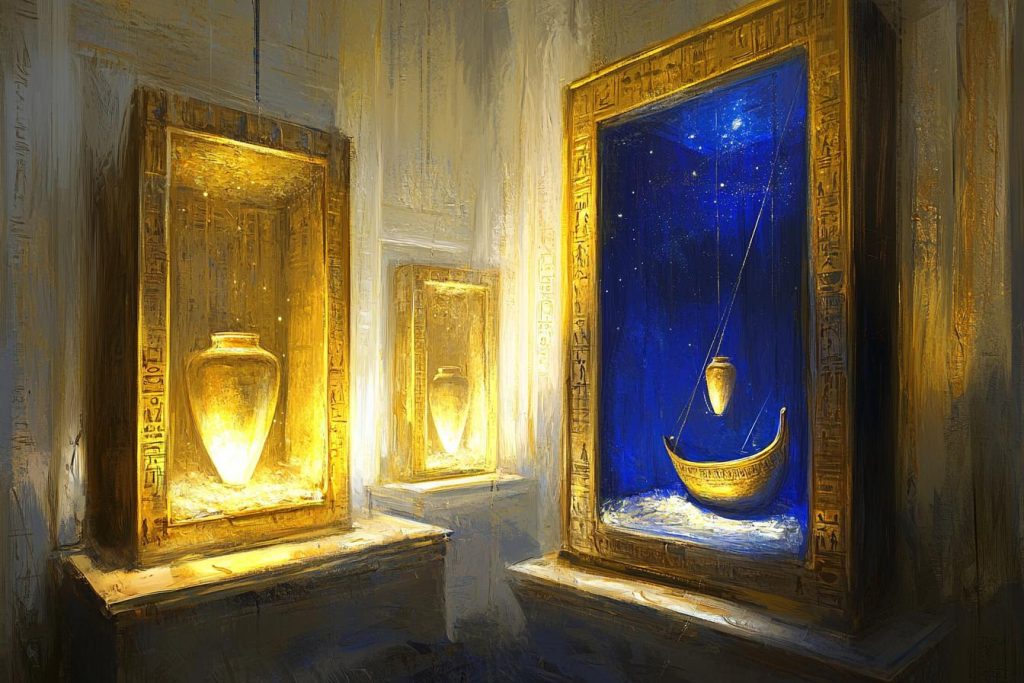
The Egyptians believed the soul underwent a perilous journey after death, passing through underworld trials before reaching the afterlife. Their detailed maps of the Duat—a mysterious realm beneath the Earth—bear curious similarities to modern near-death experiences. With pyramids aligned to stars and cryptic texts like the Book of the Dead, some think Egypt’s spiritual beliefs reflect a deeper metaphysical understanding. Was their concept of the afterlife more than metaphor?
The Hopi and the Blue Star Prophecy
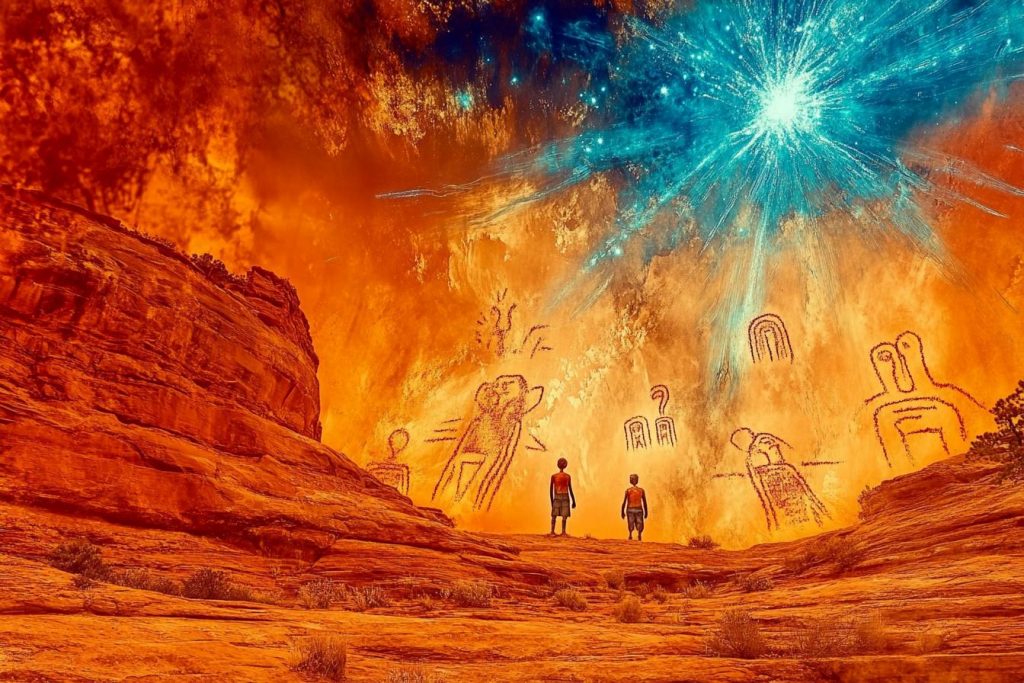
Hopi legends describe cycles of destruction and renewal, with each world ending in catastrophe. One of their most haunting prophecies speaks of a “Blue Star Kachina” heralding the dawn of a new age. Though often dismissed as myth, this belief aligns eerily with celestial phenomena and solar activity. Are these warnings from an ancient culture actually messages for our future?
The Norse and the Nine Realms
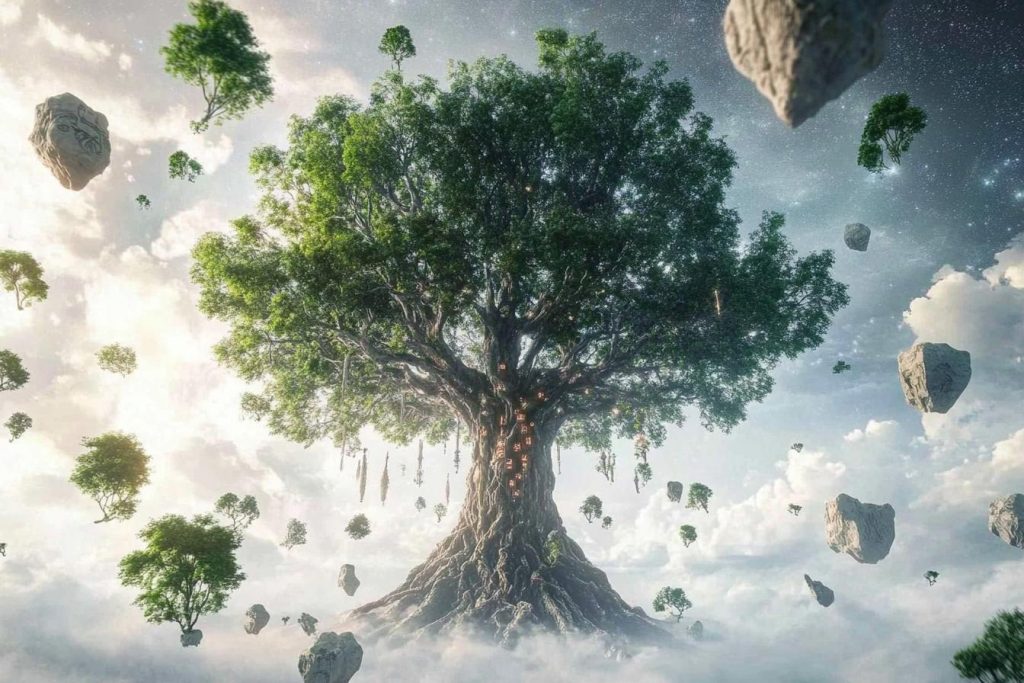
Norse mythology divides existence into nine realms, interconnected by the World Tree, Yggdrasil. Far from simple fantasy, some suggest this concept mirrors multiverse theories and hidden dimensions. The gods and creatures of these realms may represent archetypes or energies beyond human perception. Did the Norse glimpse a greater cosmic structure through their myths?
The Vedic Teachings of Ancient India
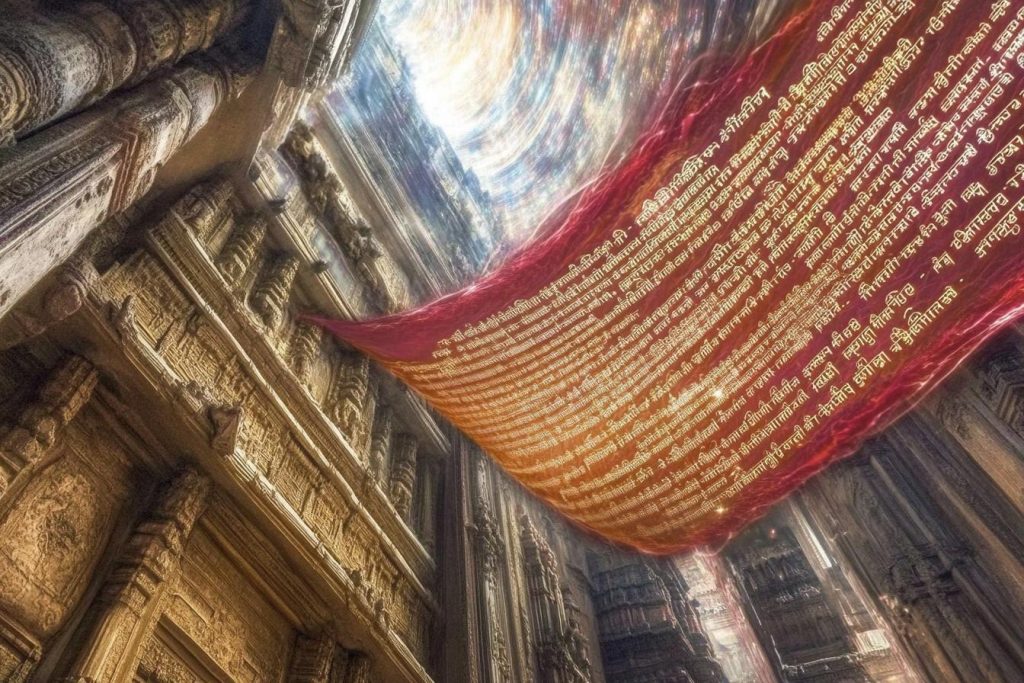
Ancient Indian texts describe flying machines (Vimanas), atomic warfare, and multi-layered universes long before modern science. The Vedas, among the oldest scriptures in existence, contain mathematical, medical, and cosmological knowledge still being unraveled today. With concepts like karma and reincarnation, these teachings hint at a sophisticated understanding of consciousness. Were the Vedas describing real technologies and truths in symbolic language?
The Dogon’s Knowledge of Sirius
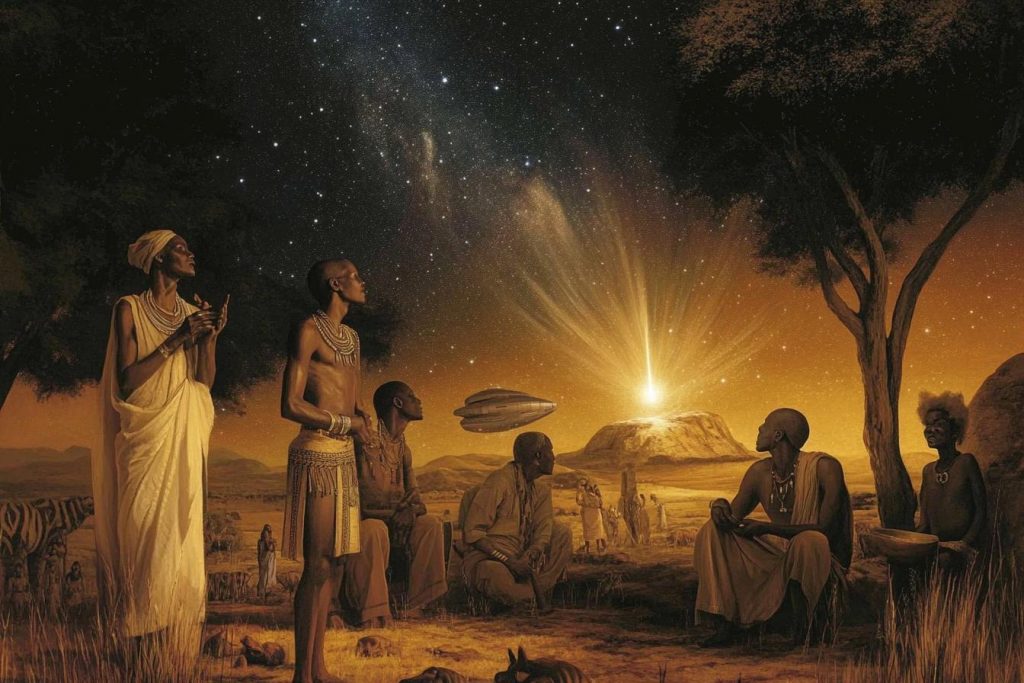
The Dogon people of Mali have long spoken of beings from the Sirius star system, claiming knowledge of celestial bodies invisible to the naked eye. Their oral traditions included accurate descriptions of Sirius B, a white dwarf star only confirmed by Western astronomers in the 20th century. How could an isolated tribe possess such specific astronomical data? Some argue it’s evidence of ancient contact with advanced beings.
The Greeks and the Music of the Spheres
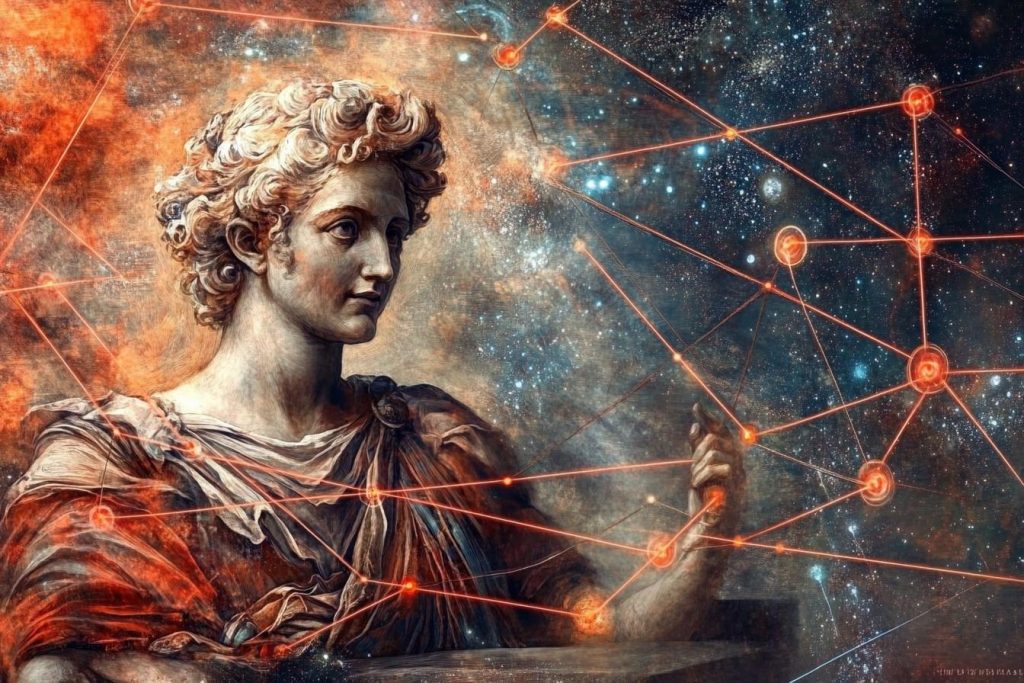
Philosophers like Pythagoras believed the planets emitted harmonic vibrations, creating a “music of the spheres” that influenced human life. This idea has resurfaced in modern discussions of frequency, resonance, and the energetic nature of the universe. Recent studies in cymatics and quantum mechanics suggest sound and vibration may hold the key to understanding reality. Could the Greeks have tapped into a universal truth through their philosophies?
The Zulu and the Star Visitors
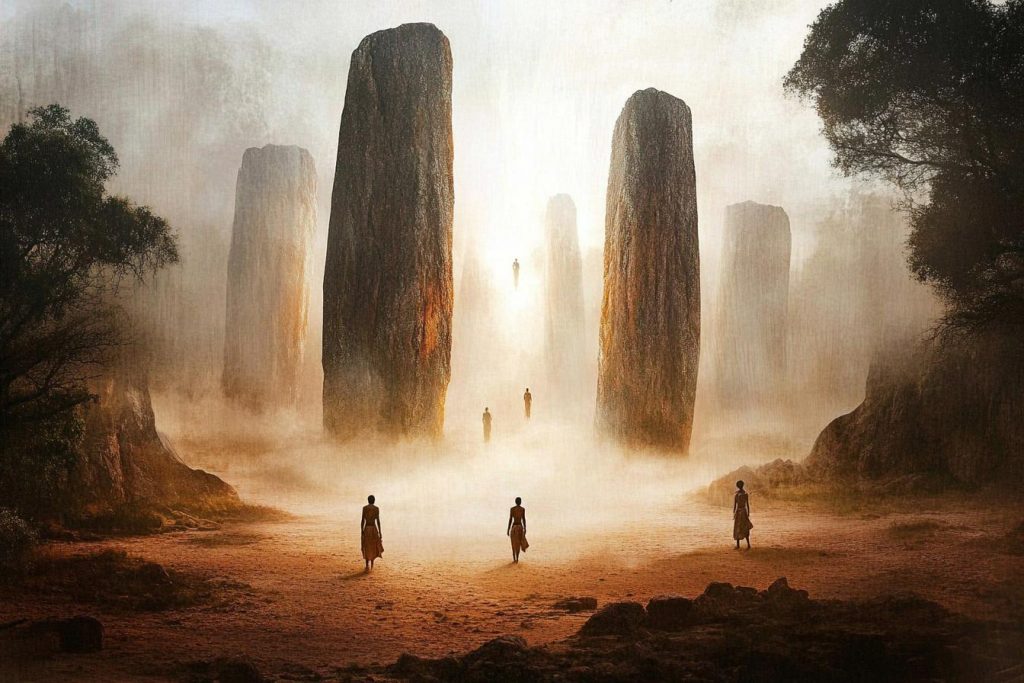
Zulu oral history, as told by tribal elders, includes stories of “sky people” who came from the stars and played a role in shaping humanity. These beings were described as powerful, glowing, and sometimes terrifying. While often seen as myth, the consistency of such tales across global cultures has raised questions about their origin. Were the Zulu recounting symbolic truths—or historical encounters?
The Inca and the Sacred Mountains
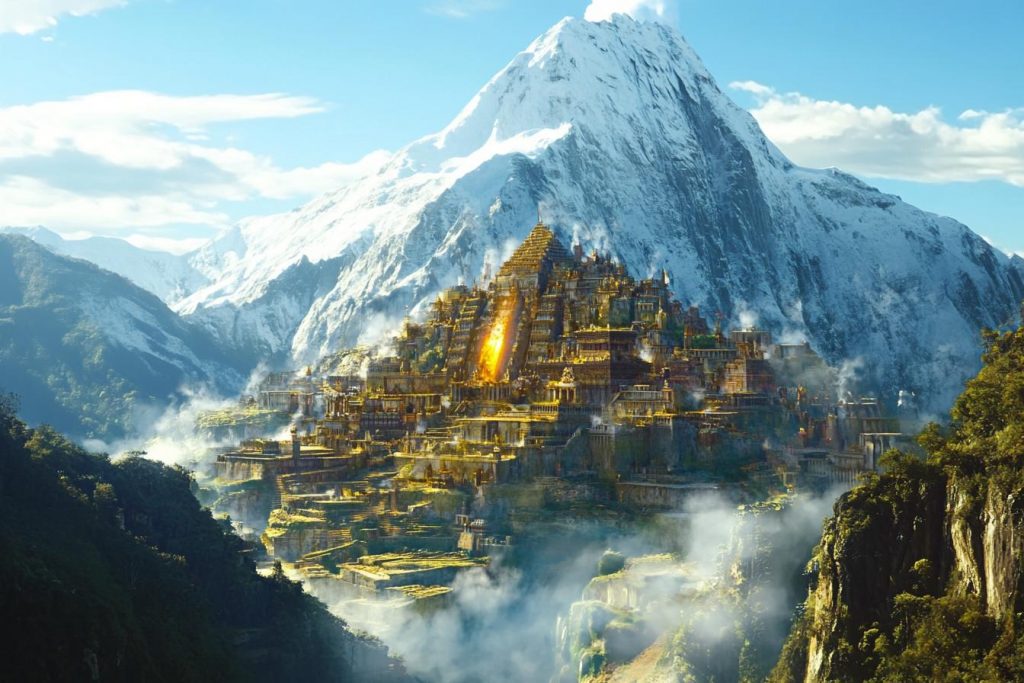
To the Inca, mountains were not just geological features—they were living deities known as Apus, guardians of the land and cosmic gatekeepers. Rituals and offerings were made to these peaks, believed to influence weather, fate, and spiritual wellbeing. With energy anomalies and magnetic oddities reported around sacred Andean mountains, some researchers wonder if the Inca were tuned into something science is only beginning to detect.
The Chinese and the Mandate of Heaven
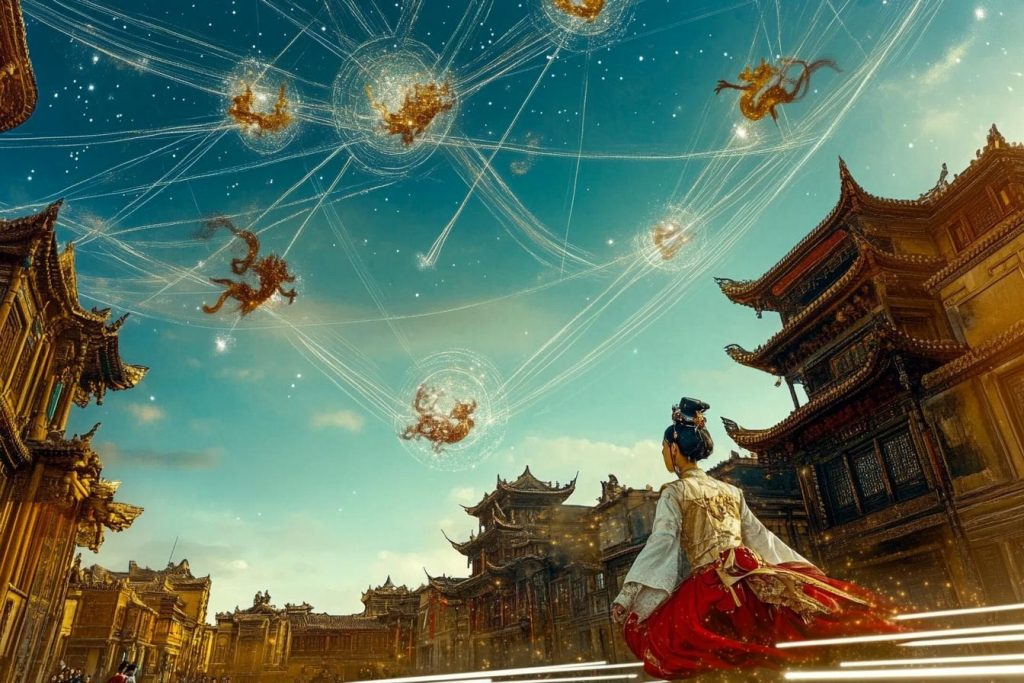
Ancient Chinese philosophy revolved around the Mandate of Heaven—the divine right to rule based on cosmic harmony. Natural disasters, eclipses, and celestial signs were interpreted as indicators of a dynasty’s virtue or decline. This fusion of politics and the cosmos might reflect an early understanding of systemic balance—something mirrored today in systems theory and environmental science. Could this belief hold insight into the cyclical nature of societal collapse?
The Aboriginal Dreamtime
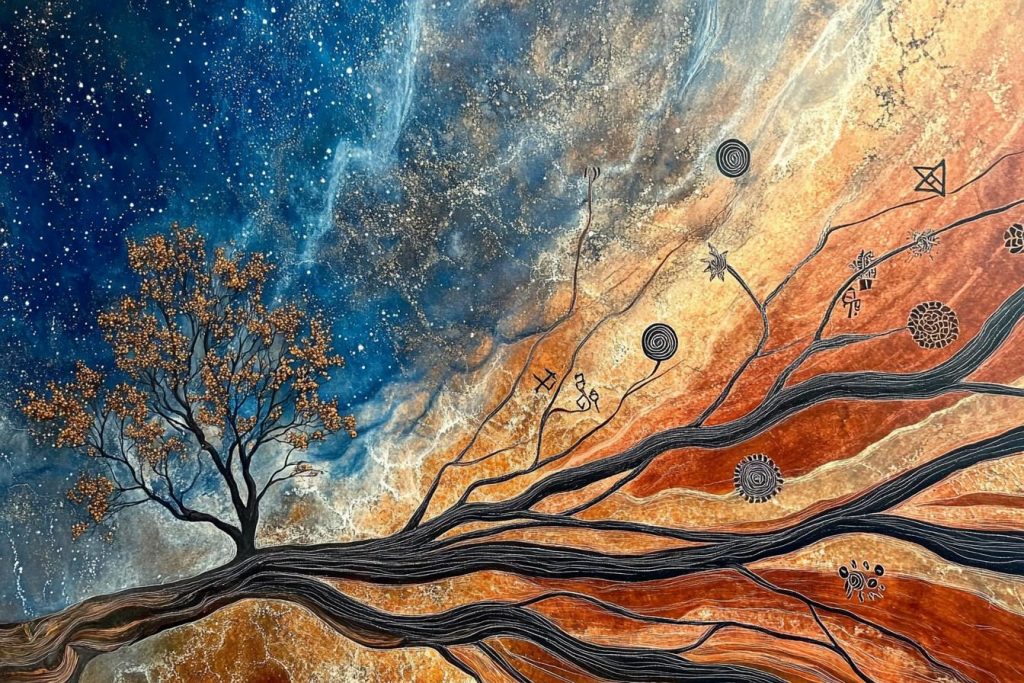
Australian Aboriginal peoples believe in the Dreamtime—a timeless realm where ancestral beings shaped the land and all creation. These stories are more than myths; they serve as maps, memory banks, and spiritual guides. Some geologists have found surprising alignment between Dreamtime narratives and ancient landscape changes. Might these stories preserve echoes of a prehistoric reality?
The Divine Code of the Dogon Tribe
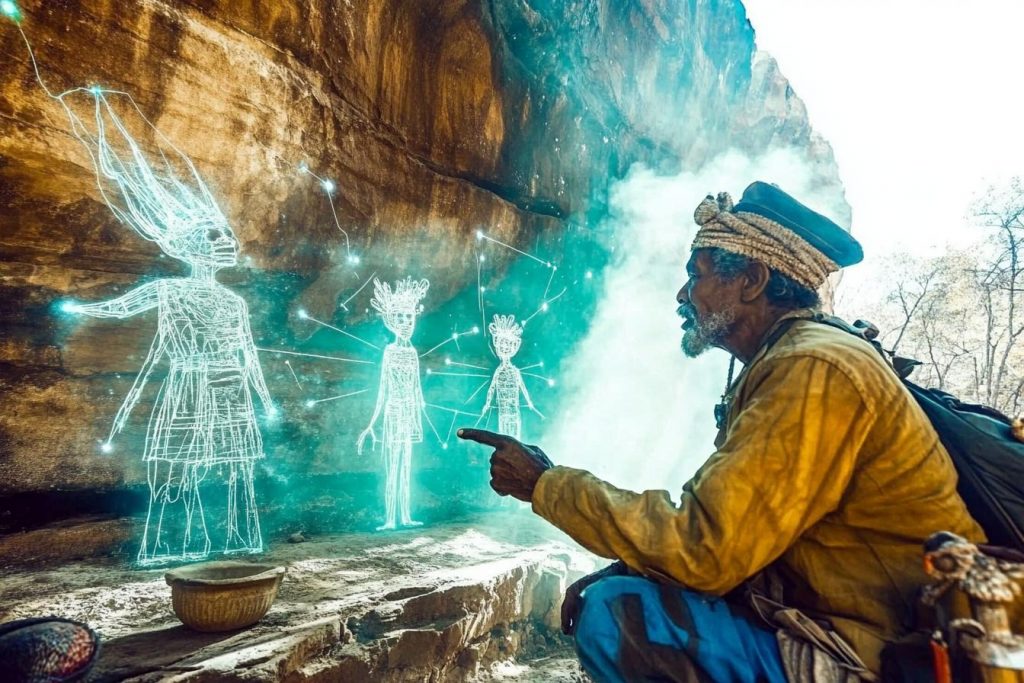
The Dogon people of Mali have long claimed to possess knowledge of the Sirius star system—specifically, Sirius B, a white dwarf invisible to the naked eye and only confirmed by modern telescopes in the 20th century. According to their oral traditions, this knowledge came from sky visitors called the Nommo, long before modern astronomy existed. Their cosmology, rich with astronomical precision, continues to puzzle researchers. Did the Dogon inherit forgotten scientific wisdom—or are their beliefs remnants of a deeper, hidden truth about our origins?
The Truth Hidden in the Past May Still Echo Forward
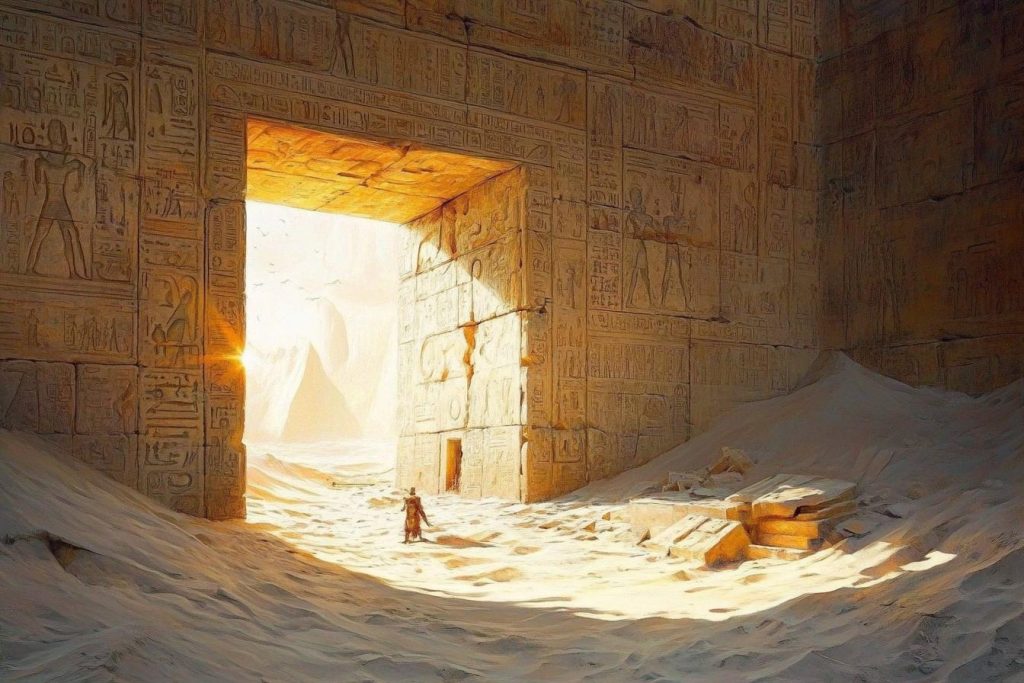
Ancient civilizations were more than builders of stone and keepers of myth—they were seekers of truths that science may only now be catching up to. Their beliefs, rituals, and stories might not be mere superstition, but coded wisdom drawn from profound observation, experience, or even contact. As we peel back layers of history, it becomes harder to dismiss their visions as mere fantasy. The question isn’t whether they were right—but how much we’ve forgotten.

